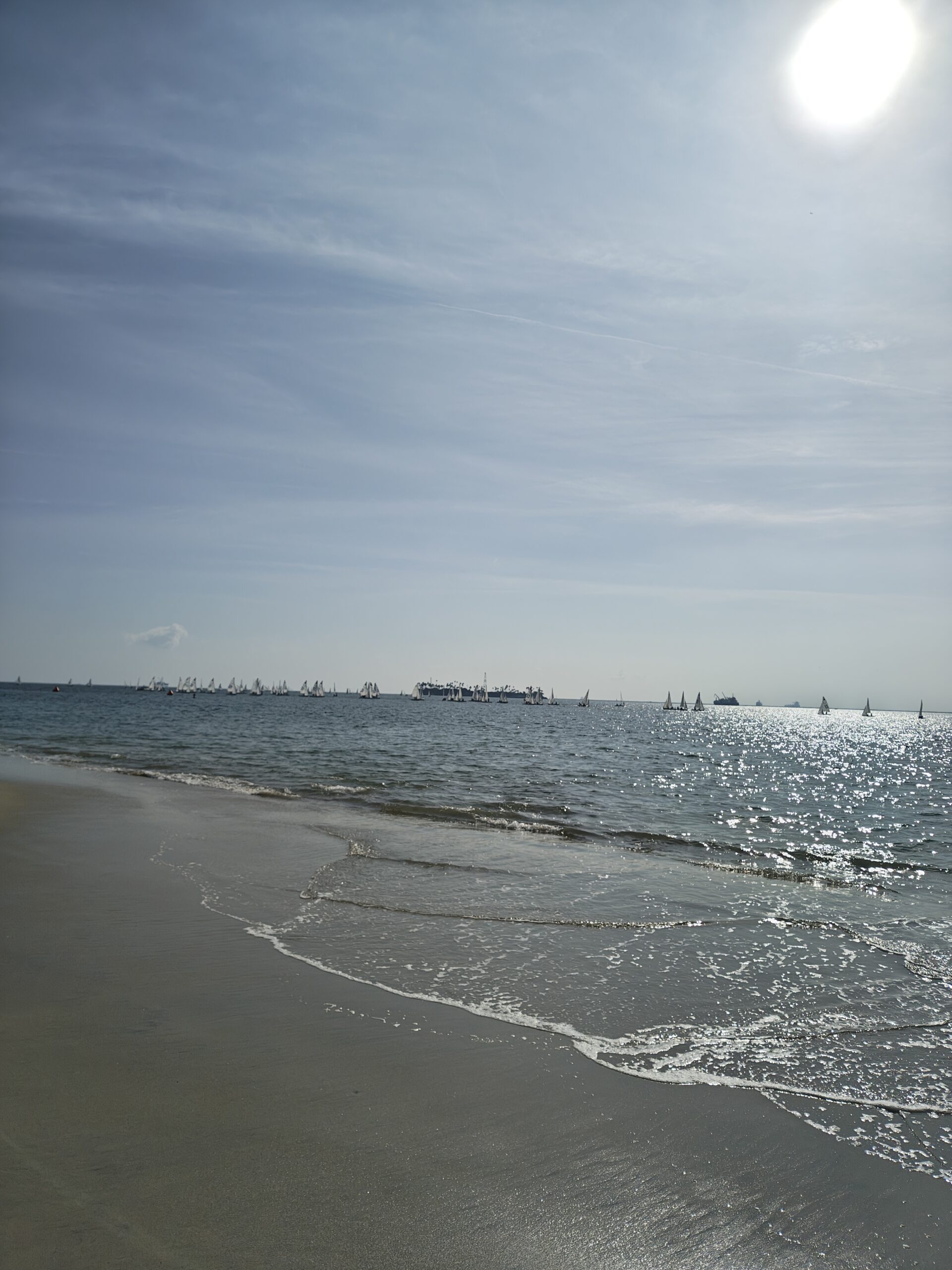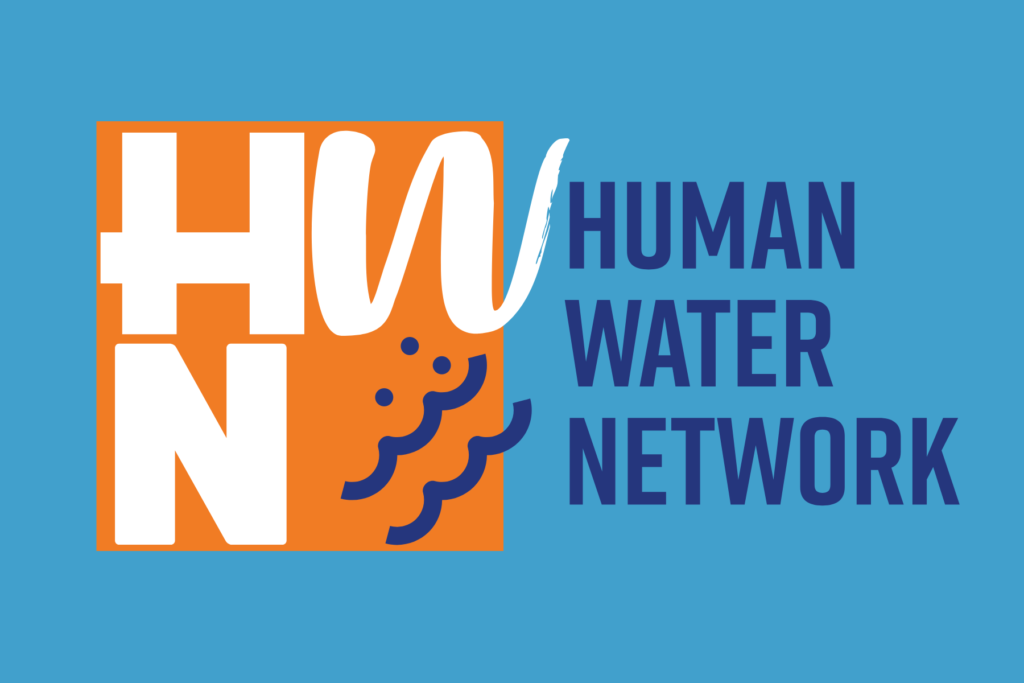Sailing Boats vs. Motorboats: How They Impact the Environment Differently
Boating is a beloved pastime for many, offering relaxation, adventure, and a connection to nature. However, different types of boats interact with the environment in unique ways. While sailing yachts and motorboats allow people to explore the water, their environmental footprints differ significantly. Understanding these differences can help boaters make more sustainable choices and minimize their impact on marine ecosystems.
The Environmental Footprint of Sailing Boats
Sailing boats have been used for centuries as a primary mode of transportation and exploration. They rely primarily on wind power, making them one of the most environmentally friendly ways to navigate waterways. While no boating activity is entirely without impact, sailboats generally have a much smaller ecological footprint than motorboats.
1.Minimal Fuel Use and Emissions
Unlike motorboats, sailboats depend on wind rather than fossil fuels for propulsion. This means they produce little to no carbon emissions during regular operation. Some sailboats have auxiliary engines for docking or moving in windless conditions, but their fuel consumption is minimal compared to motorboats.
2.Less Water and Air Pollution
Since sailboats use little fuel, they also contribute less to water and air pollution. Motorboats often release unburned fuel and oil into the water, harming marine life. Sailboats, in contrast, have a lower risk of contaminating water with fuel spills or exhaust emissions.
3.Gentler on Marine Life
The movement of sailboats through the water is generally quieter and slower than that of motorboats. This reduces the risk of disturbing marine animals, particularly species sensitive to noise pollution like whales and dolphins. Slower speeds also mean sailboats are less likely to injure marine life through collisions.
4.Impact of Anchoring and Hull Fouling
While sailboats are more environmentally friendly in many ways, they can still impact marine ecosystems. Anchoring in sensitive areas like coral reefs or seagrass beds can damage habitats. Additionally, when organisms like barnacles attach to a boat’s hull, hull fouling can lead to toxic antifouling paints that may leach chemicals into the water.
The Environmental Footprint of Motorboats
Motorboats, including personal watercraft, speedboats, and larger vessels, offer speed and convenience but often incur a higher environmental cost. Their reliance on fossil fuels and high-speed travel affects marine ecosystems in several ways.
1.Carbon Emissions and Air Pollution
One of the motorboats’ most significant environmental concerns is their reliance on gasoline or diesel engines. Burning these fuels releases carbon dioxide and other pollutants into the atmosphere, contributing to climate change and air pollution. Older two-stroke engines, commonly found in smaller boats, are particularly inefficient and can release up to 30% of their fuel unburned into the water.
2.Water Contamination
Fuel and oil leaks from motorboats can contaminate water, harming aquatic life. Even small amounts of fuel can devastate marine ecosystems, affecting fish, invertebrates, and plant life. Improper waste disposal, including sewage and cleaning chemicals, can also contribute to water pollution.
3.Noise Pollution and Wildlife Disturbance
Unlike sailboats, which move quietly, motorboats generate significant noise. This can disturb marine animals that rely on sound for communication, navigation, and hunting. Excessive boat noise can negatively affect dolphins, whales, and even fish species, leading to stress and behavioral changes.
4.Erosion and Habitat Damage
The wake produced by motorboats can cause shoreline erosion, especially in shallow waters or areas with fragile ecosystems. High-speed boats also churn up sediment from the seafloor, reducing water clarity and disrupting the habitat of aquatic plants and bottom-dwelling species.
Choosing a More Sustainable Boating Experience
While motorboats generally have a more significant environmental impact than sailboats, responsible boating practices can help mitigate their effects. Here are some ways boaters can reduce their footprint:
- Opt for Eco-Friendly Fuel and Engines: If using a motorboat, consider upgrading to a cleaner, more fuel-efficient engine or an electric alternative. Four-stroke engines and electric propulsion systems produce fewer emissions and reduce pollution.
- Follow No-Wake Zones: In sensitive marine areas, obeying no-wake zones can prevent erosion and minimize disturbance to wildlife.
- Use Biodegradable Cleaning Products: Many traditional boat cleaning chemicals contain harmful substances. Switching to biodegradable, non-toxic products can prevent pollution.
- Practice Safe Anchoring: Avoid dropping anchors in coral reefs or seagrass beds. Instead, use mooring buoys or anchors in sandy areas.
- Reduce Waste and Prevent Fuel Spills: Dispose of trash properly, avoid spilling fuel or oil, and never dump sewage into the water.
Conclusion
Sailing boats and motorboats provide unique experiences on the water, but their environmental impacts differ significantly. Sailboats, powered primarily by wind, are generally more sustainable, producing fewer emissions and causing less harm to marine ecosystems. While convenient and powerful, motorboats contribute more to pollution, noise, and habitat disruption.
Boaters can minimize their environmental impact by adopting responsible boating practices such as choosing fuel-efficient motors, reducing waste, and following no-wake zones. Whether you prefer the quiet grace of sailing or the speed of a motorboat, making informed choices can help protect our waterways for future generations.





